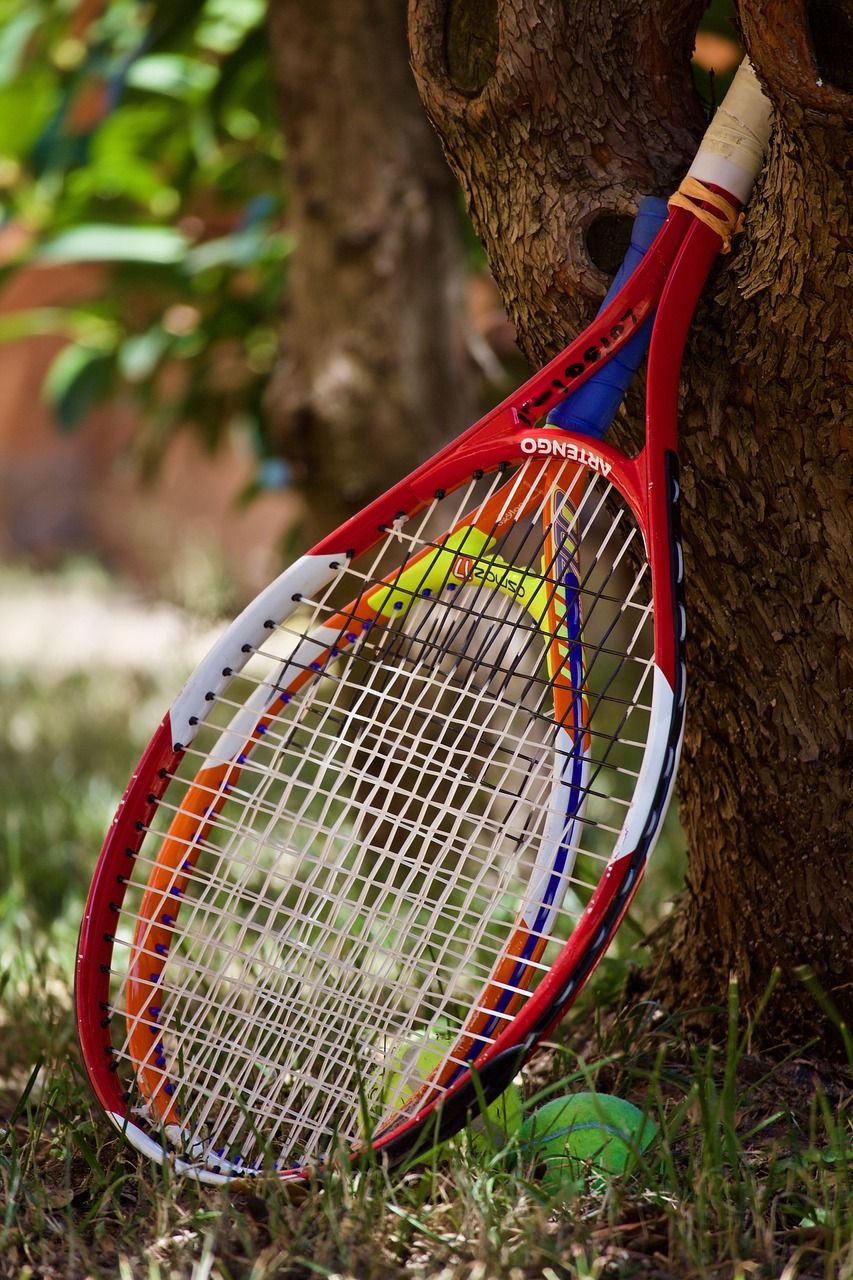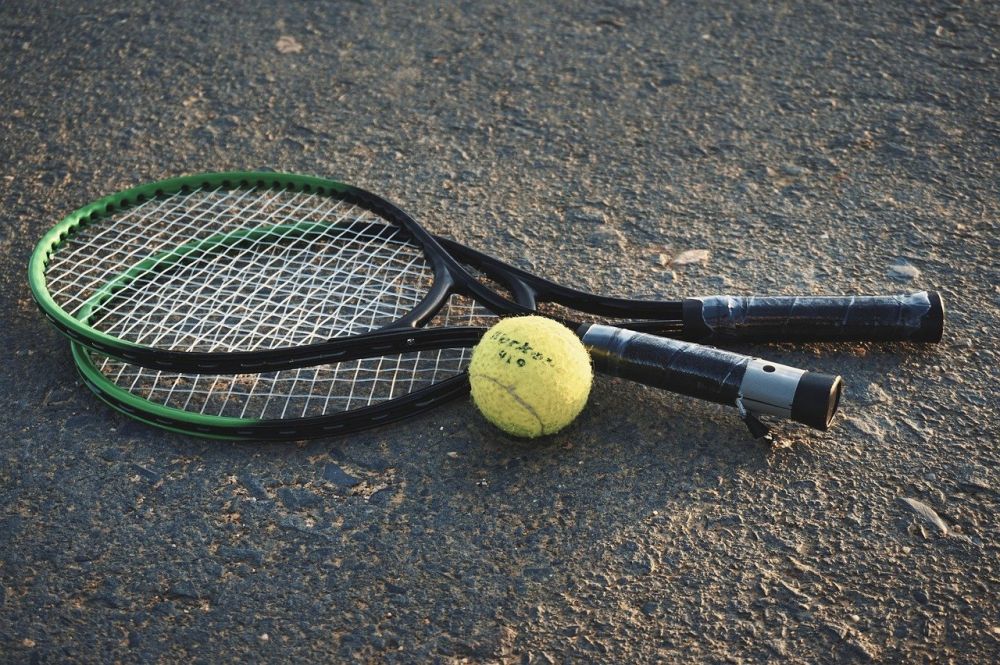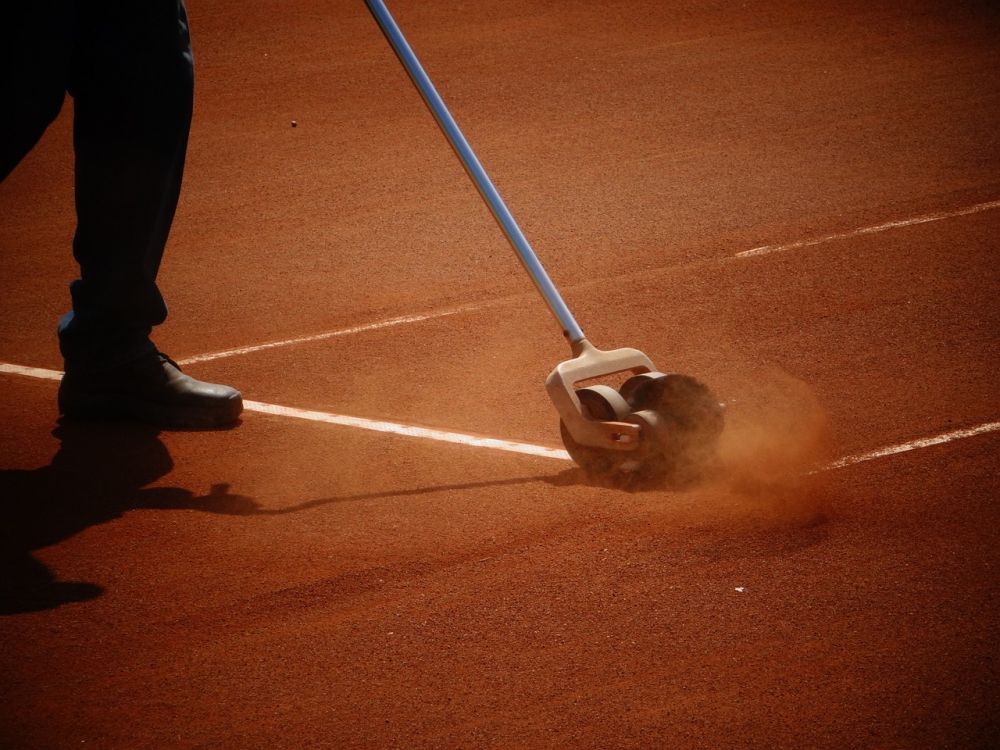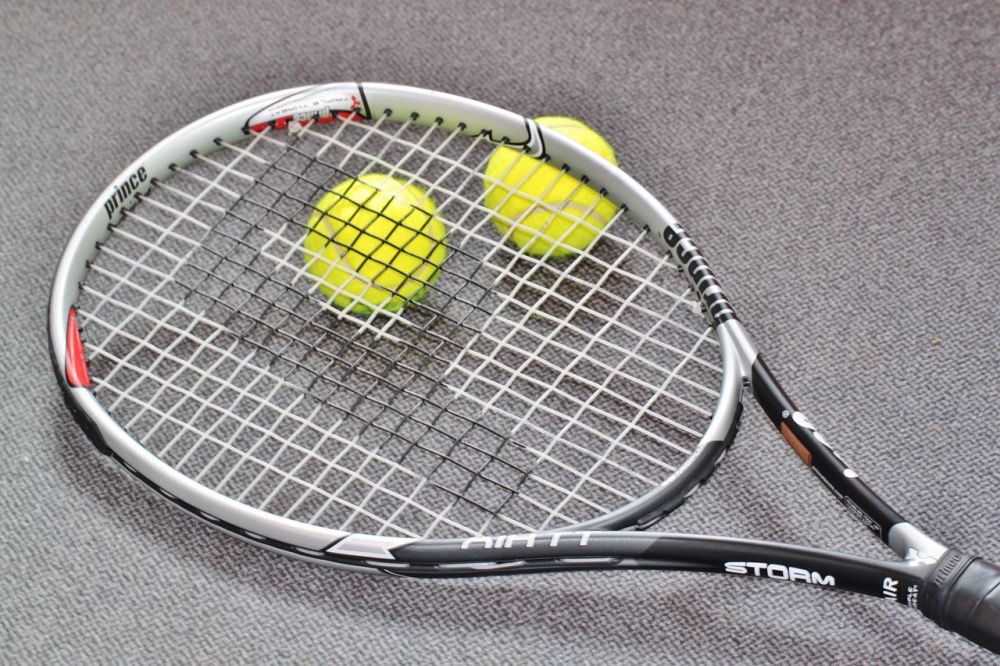Tennis Outfit: A Comprehensive Guide to Style and Functionality
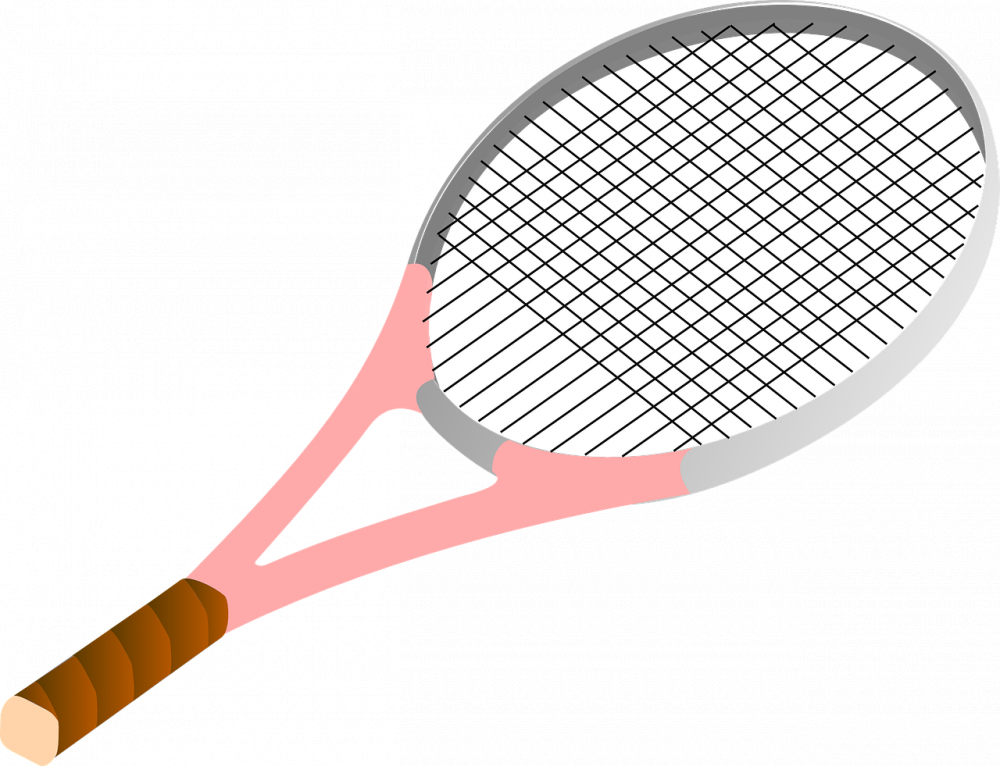
Introduction
When it comes to tennis, the right outfit can make all the difference in performance and style. A tennis outfit is more than just a simple ensemble; it is a combination of functional sportswear and fashion-forward design. In this article, we will delve into the world of tennis outfits and explore the various types, popular choices, and their influence on the game. Furthermore, we will examine the quantitative measurements associated with tennis outfits, discuss the differences between various styles, and delve into the historical perspective of the advantages and disadvantages they offer.
A Comprehensive Presentation of Tennis Outfit
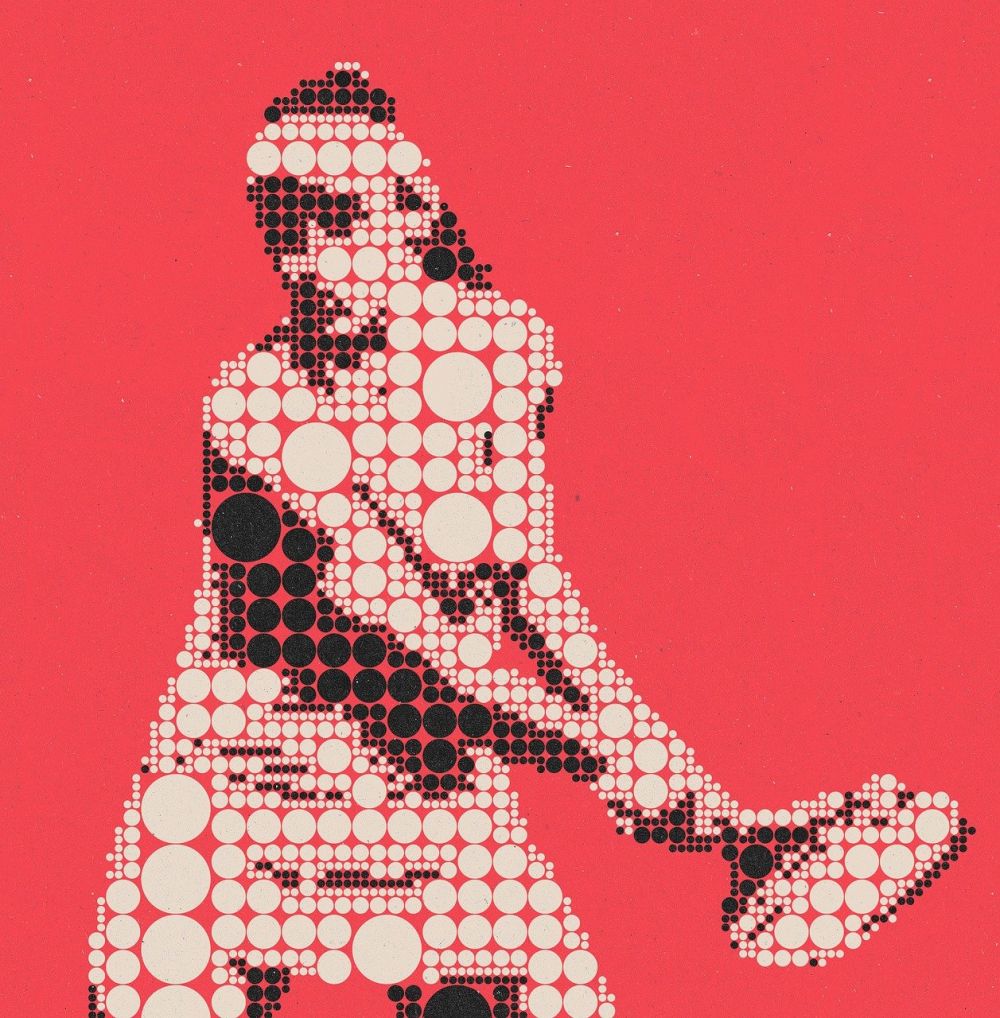
Tennis outfits are specifically designed to cater to the needs of players on the court. They encompass a range of garments, including tops, bottoms, and footwear, each serving a unique purpose. The tops commonly worn in tennis include polo shirts, tank tops, and fitted t-shirts. These options provide flexibility, breathability, and freedom of movement. On the other hand, tennis bottoms consist of shorts, skirts, or skorts (a combination of skirt and shorts), allowing players to move effortlessly across the court. The materials used in tennis outfits are often moisture-wicking and stretchable, ensuring maximum comfort during intense gameplay.
In terms of popularity, tennis outfits vary depending on personal preferences and prevailing fashion trends. Traditional polo shirts paired with shorts have long been a favorite amongst players, offering a classic and timeless look. However, more modern styles have emerged, including vibrant tank tops with bold patterns and sleek skorts for female players. The choice of outfit depends on factors such as comfort, style, and individual player identity.
Quantitative Measurements of Tennis Outfit
To ensure optimum performance and comfort, tennis outfits undergo rigorous testing and adhere to certain quantitative measurements. For instance, the fabric quality and breathability are assessed based on factors such as moisture management, UV protection, and temperature regulation. Additionally, the fit and range of motion are critical aspects in tennis outfits. Garments are designed with specific measurements to ensure ease of movement, allowing players to perform quick sprints, lunges, and extended reaches without any hindrance.
Discussion on Differentiating Tennis Outfits
Tennis outfits can differ significantly in terms of style, design, and purpose. While some players prefer a more modest and traditional look, others embrace vibrant colors and avant-garde designs. For example, professional tennis tournaments often have dress codes that dictate the permissible length of skirts or shorts. These regulations aim to maintain a certain level of decorum, while still allowing players to express their individuality within the boundaries set by the sport.
Furthermore, there may be variations in tennis outfits based on the playing environment. For instance, players competing in clay-court tournaments often opt for lighter-colored outfits to minimize heat absorption. On the other hand, those playing on grass courts may prefer darker colors to avoid staining from the grass. These distinctions showcase the versatility and adaptability of tennis outfits to different playing conditions.
Historical Overview of the Advantages and Disadvantages of Tennis Outfits
Over time, tennis outfits have evolved in terms of style and functionality. During the early years of the sport, players wore full-length trousers, long-sleeved shirts, and even ties, which posed several challenges. The restrictive nature of these outfits hindered movement and agility, affecting overall performance on the court. However, advancements in sportswear technology and a shift towards more lightweight and flexible materials have led to significant improvements in tennis outfits. Today, players benefit from increased comfort, enhanced breathability, and clothing that allows for a full range of motion, subsequently enhancing their gameplay experience.
Despite these advancements, there are still debates surrounding certain aspects of tennis outfits. For instance, the use of skirts in women’s tennis outfits has sparked discussions surrounding gender equity in the sport. Some argue that skirts reinforce traditional gender roles and may limit freedom of expression for female players. Conversely, others contend that skirts are simply a choice of attire and demonstrate elegance and femininity on the court. These debates highlight the multifaceted nature of tennis outfits and the various perspectives surrounding their advantages and disadvantages.
Conclusion
In conclusion, a tennis outfit is more than just clothing for the sport; it embodies style, functionality, and history. From classic polo shirts and shorts to modern tank tops and skorts, tennis outfits have continually evolved to meet the demands of players. The quantitative measurements associated with design and performance ensure that players can fully unleash their potential on the court. Whether it’s adhering to dress codes or adapting to different playing conditions, tennis outfits offer a wide array of choices for players to express their individuality. The advancements in material technology and design have undoubtedly enhanced the advantages of tennis outfits, allowing players to embrace comfort and freedom of movement. Yet, discussions about equity, style, and tradition continue to shape the future of tennis fashion. Tennis outfits are not merely pieces of clothing; they are a reflection of the game’s rich history, the drive for excellence, and the desire to look impeccable while conquering the court.
(Note: The video can be a demonstration of different tennis outfit styles, showcasing their functionality and how they enhance performance on the court. It can include examples of players wearing different outfits and highlighting their features, such as moisture-wicking fabric, flexibility, and breathability.)
